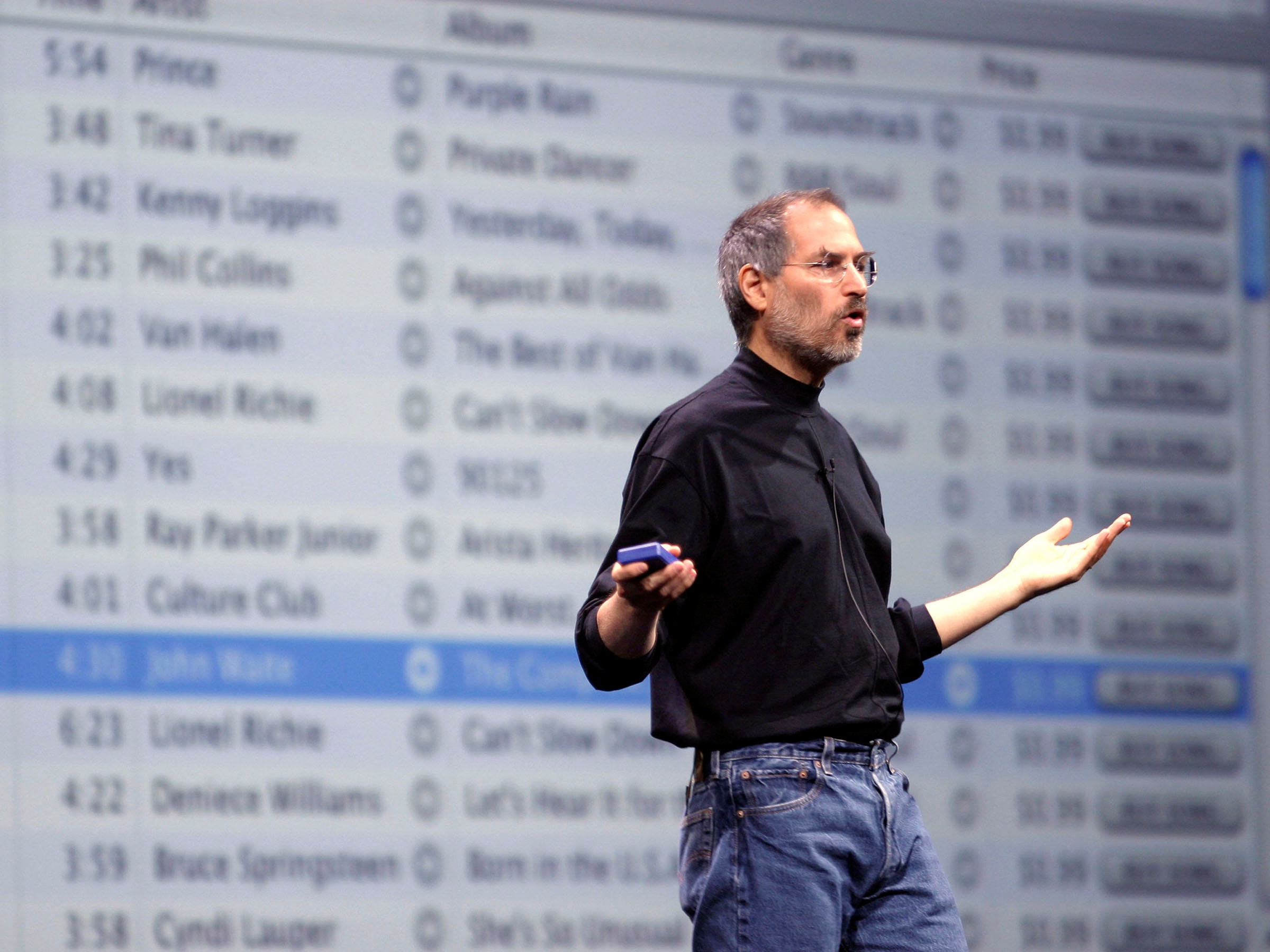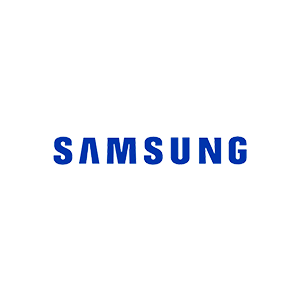If you buy something using links in our stories, we may earn a commission. This helps support our journalism. Learn more. Please also consider subscribing to WIRED
At Apple’s Worldwide Developers Conference today, Apple executive Craig Federhigi made it official: iTunes is dead on the Mac, split in the upcoming version of macOS into separate Music, Podcast, and TV apps. In truth, the much-maligned media player had already been buried years ago, crushed by nearly two decades of cruft. But hating on iTunes at this point makes for cheap sport; WIRED’s been at it since at least 2008. It seems more fitting, at the time of its demise, to consider its powerful legacy.
In January 2001, at the Macworld Expo in San Francisco, Steve Jobs described a tectonic shift in the types of devices people use and how they interact with them. “We think the PC is on the threshold of entering its third great age. And that age is the age of digital lifestyle. And that’s being driven by an explosion of new digital devices,” said Jobs. “We believe the PC, or more importantly the Mac, can become the digital hub of our new emerging digital lifestyle, with the ability to add tremendous value to these other digital devices.”
Apple wouldn’t start selling its own marquee handheld digital device, the iPod, for another nine months. And while the iPod set Apple on a course to becoming one of the most valuable companies in the world, iTunes paved that road. It wasn’t perfect—and in fact, it was largely based on software called SoundJam MP, which Apple acquired in 2000—but in those early years it did bear the hallmarks of Apple at its best: simplicity, clarity, and singularity of purpose.
It’s hard to remember, maybe, given how many corridors iTunes will happily lead you down today, that in the beginning, and for many years after, there was only music, because music was the only option given the technology of the time. (When Jobs introduced it, he included an extended riff on how many CDs people burned every year.) Apple was at first content to act as an intermediary, but in April 2003 it became a retailer, folding the iTunes Music Store in with the release of iTunes 4.
This was the first significant cluttering of iTunes, but it should also be seen as a historical milestone. Before the iTunes Music Store, your best bet to find music online was through a file-sharing site like Napster. When Napster shut down in 2001, peer-to-peer services like Limewire came into prominence, but they contained so much malware that a meme persists about their pitfalls to this day. Your only legal options were either niche storefronts or label-specific ones, none of them user-friendly. iTunes brought purchasing music online into the mainstream.
How impactful was the iTunes Music Store? So much so that it spurred Apple to lower the drawbridge on its walled garden. The company released iTunes for Windows in 2003, recognizing the need to meet iPod owners on whatever desktop operating system they preferred—presaging the primacy of Apple’s handheld devices over their traditional computer counterparts. To better place you in time, the press release announcing iTunes for Windows also touted a deal to “provide instant, one-click registration to the iTunes Music Store for AOL’s more than 25 million US members.” (Apple clarified Monday that iTunes for Windows would continue on its current state.)
Apple began to pile on early; it added audiobooks support in 2002, then TV shows, music videos, and podcasts in 2005. Movie purchases followed in 2006. College courses via iTunes U in 2007. And that’s without even getting into the features, like iTunes Match and Genius Mixes, all of which added to the clutter, functions stacked and commingled to form what developer Marco Arment once called “a toxic hellstew of technical cruft and a toxic hellstew of UI design.”
Rather than the Bentley Apple had promised, iTunes became a clown car. But from a slightly shifted perspective, it’s a wonder of digital stratigraphy. You can trace in its layers the entire history of that third great age that Jobs had heralded back in 2001. Even its most extravagant failure, the attempted social network Ping, was introduced a month before Aaron Sorkin’s The Social Network hit theaters.
There’s no reasonable defense of iTunes as it exists today, a program that eventually strayed so far from its origins that it managed to wholly alienate users who actually relied on it for music. On iOS, it has already been effectively sidelined thanks to standalone apps for Music, TV, and Podcasts. On macOS, you'll find all of your existing iTunes content in those three apps as well, rather than one gargantuan program. Think of it as Apple breaking up a lumbering Voltron into its much more agile components. For syncing devices, instead of iTunes you'll now use the macOS Finder. In other words, while iTunes will be gone in the next version of macOS, you're unlikely to miss it.
But that doesn’t mean you should write iTunes off entirely. In its earliest iteration, iTunes revolutionized how and where people could access music. Its later bloat tells the story of how digitization ate the world. And in the negative space of its obsolescence, you can see a fourth age take hold, in which streaming reigns.
iTunes is dead. Fine, good riddance. But also farewell, and thanks.
- Productivity and the joy of doing things the hard way
- The radical plan to change how antibiotics get developed
- This flying car startup bets hydrogen can outdo batteries
- Bluetooth's complexity has become a security risk
- The quest to make a bot that can smell as well as a dog
- 💻 Upgrade your work game with our Gear team's favorite laptops, keyboards, typing alternatives, and noise-canceling headphones
- 📩 Want more? Sign up for our daily newsletter and never miss our latest and greatest stories







